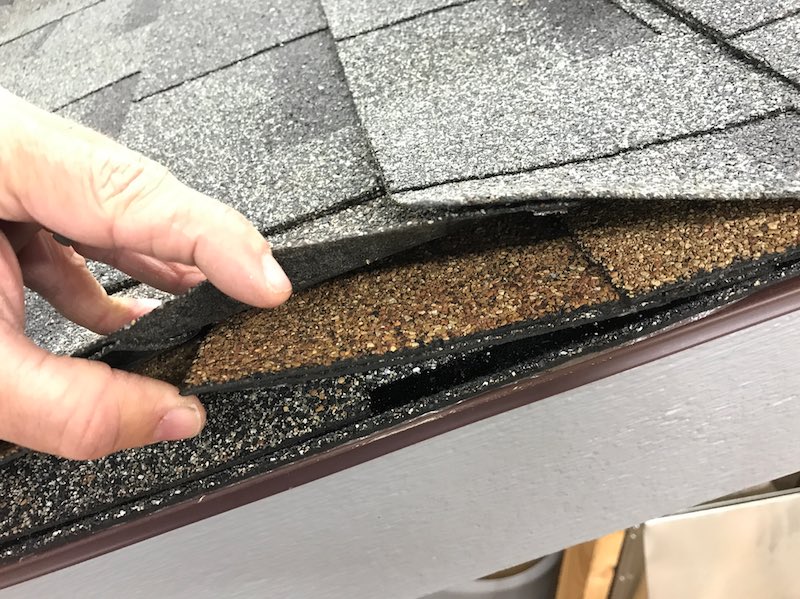5 Maintenance Tips for the Exterior of Your Home

Get the exterior of your home in order with these easy 5 maintenance tips!

After a long winter—whether it’s been full of snow and cold or just dreary enough to keep you inside of several months—it’s time to get back outside. Spring is blooming, and while your head is full of thoughts of adventure outside, this is also a good time of year to focus on the exterior of your home and check for damages. While you’ve been relaxing inside all winter trying to dodge the frigid temps and falling snowflakes, your roof, windows, siding, and gutters have been working hard to keep you cozy and comfortable. As the temperatures rise and you spend more time outside, here are five spring maintenance tips for the exterior of your home.
1. Check the Condition of Wooden Surfaces
Winter weather can take a toll on your home’s exterior, and this is particularly true of aging wooden siding. Walk around the exterior of your home and poke suspicious sections of wood siding with a screwdriver to see how the wood is holding up. Soft wood should be replaced with fresh sections of siding to ensure that your home doesn’t suffer worse damage. Another good place to check is wood trim around windows, doors, and fascia boards.

The latter is particularly important to the health and function of your gutters. Freezing temperatures in the winter months add weight to your gutters as snow and water freeze into ice that sits in the gutters. This can put added strain on the wood fascia boards that gutters are attached to. If those fascia boards are aging, they could result in gutter failure if the board gives out and your gutters fall off.
2. Examine Roofing Shingles
Within reason, go onto your roof to inspect the condition of your shingles. We do not advise climbing around on your entire roof and suggest staying away from high-incline sections of your roof. With that said, a visual inspection from a distance can help you determine if your roofing shingles are in good condition or are starting to shed material with age. Shingles that shed debris present a two-fold problem. First, your roofing materials aren’t as resistant to impact and leaks. Second, the debris that shingles shed can wind up in your gutters and result in clogs that cause water to pile up on your roof or fall over the shingles too close to the foundation of your home.

3. Check Around the Foundation
Speaking of your home’s foundation, don’t forget to walk around the interior and exterior of your foundation to check for issues. Inside, you’ll want to look for damp spots, leaks, cracks, and bulges in the wall. Foundation repair is never cheap, but catching a minor problem before it becomes a major issue can save you hundreds or thousands of dollars in repairs. As you walk around the outside of your home’s foundation, look for spots where the ground is uneven or sinking. This could be a sign that water is piling up near those spots on your foundation, which can cause interior damage as well. Water collection and lower spots in the soil are often a sign that something is wrong with your gutters and/or downspouts. Water is not being efficiently moved away from your home’s foundation and needs to be addressed.
4. Landscape Near Your Home
Add curb appeal to your front yard by choosing a mailbox that will complement your yard. Here are some ideas to help get you started. While you’re out there walking around the foundation of your home, take note of the condition of any landscaping around your home. The plants and mulch that you use around your home can help aid the removal of water from your home’s foundation. If necessary, plant new shrubs and bushes that will soak up some of the excess water. Avoid concrete patios or paver bricks too close to the foundation without proper grading. Water won’t move through those as efficiently as soil and mulch, allowing it to collect too close to the foundation. With any work you do around the foundation, make sure that fresh soil or new patios are properly graded to assist in the removal of water pouring through downspouts and away from the home.

5. Examine the Condition of Gutters and Downspouts
Last, but certainly not least, get out a ladder and examine the condition of your gutters. Winter can be rough on your gutters. As mentioned above, snow and ice can build up in your gutters. This can warp the shape, pull on the fascia boards holding the gutters to your home, and otherwise result in clogs. As the snow melts and April showers soak the ground, you want to know that those gutters are free of winter debris so that water moves freely and quickly away from your house. Don’t forget to check all of your downspouts for obstructions as well. You may need to adjust the direction of your downspouts if they’ve shifted during snowfalls and snowmelts, or with changes in the ground level around them.
Your gutters are your first line of defense against water damage. Clean, secure gutters quickly collect water and efficiently move it to downspouts. Clear downspouts aimed in the right direction downgraded landscaping ensures that water doesn’t collect too close to your home’s foundation. If you’ve found that a lot of debris collects in your gutters during the winter months, it may be time to consider a clog-free solution such as gutter guards.







Leave a Comment